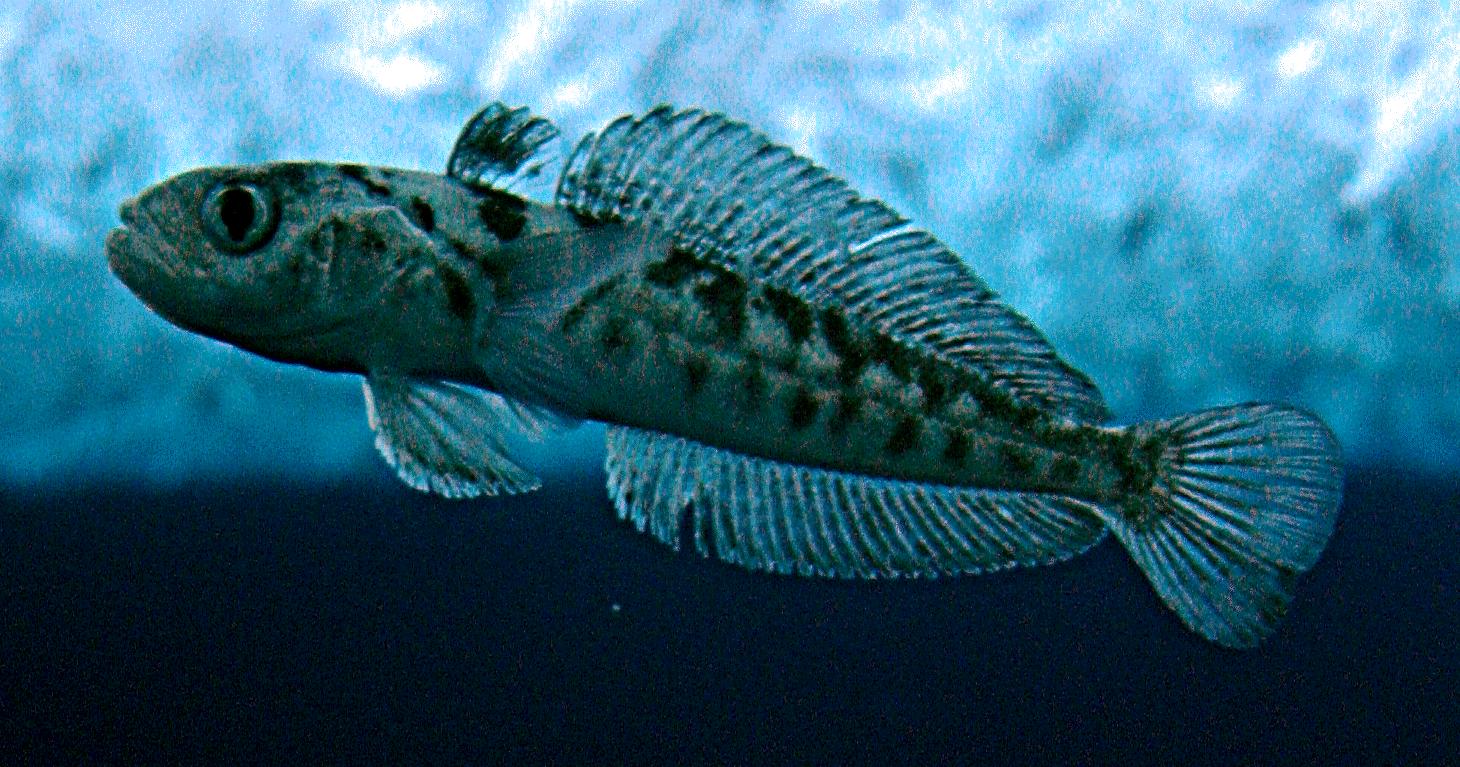Difference between revisions of "Template:POTD protected"
Jump to navigation
Jump to search
Westarctica (talk | contribs) |
Westarctica (talk | contribs) |
||
| Line 1: | Line 1: | ||
{| role="presentation" style="margin:0 3px 3px; width:100%; text-align:left; background-color:transparent; border-collapse: collapse; " | {| role="presentation" style="margin:0 3px 3px; width:100%; text-align:left; background-color:transparent; border-collapse: collapse; " | ||
|style="padding:0 0.9em 0 0;" | [[File: | |style="padding:0 0.9em 0 0;" | [[File:Bald notothen 2.jpg|300px]] | ||
|style="padding:0 6px 0 0"| | |style="padding:0 6px 0 0"| | ||
The '''[[ | The '''[[bald notothen]]''' is a species of cod icefish native to the [[Southern Ocean]] where it is found in the [[Weddell Sea]], the [[Ross Sea]], the Davis Sea, in Vincennes Bay, and around the Budd Coast, the [[Antarctic Peninsula]], South Orkneys and South Shetland Islands. | ||
It can be found at depths of from the surface to 550 meters (1,800 ft) though it is much rarer below 30 meters (98 ft). This species is often found along the under surfaces of [[ice]] foraging for prey such as sympagic copepods and [[krill]]. In turn, it is known to be preyed upon by the [[ploughfish]] and the [[Antarctic toothfish]]. Antifreeze proteins in its blood prevent it freezing in the subzero water temperatures of [[Antarctica]]. | |||
<p><small> | |||
<p><small>Photo credit: Randall Davis, Texas A&M University </small></p> | |||
[[:Category:Images|'''(More Featured Images)''']] | [[:Category:Images|'''(More Featured Images)''']] | ||
<div class="potd-recent" style="text-align:right;"> | <div class="potd-recent" style="text-align:right;"> | ||
Revision as of 04:38, 2 October 2019

|
The bald notothen is a species of cod icefish native to the Southern Ocean where it is found in the Weddell Sea, the Ross Sea, the Davis Sea, in Vincennes Bay, and around the Budd Coast, the Antarctic Peninsula, South Orkneys and South Shetland Islands. It can be found at depths of from the surface to 550 meters (1,800 ft) though it is much rarer below 30 meters (98 ft). This species is often found along the under surfaces of ice foraging for prey such as sympagic copepods and krill. In turn, it is known to be preyed upon by the ploughfish and the Antarctic toothfish. Antifreeze proteins in its blood prevent it freezing in the subzero water temperatures of Antarctica.
Photo credit: Randall Davis, Texas A&M University |